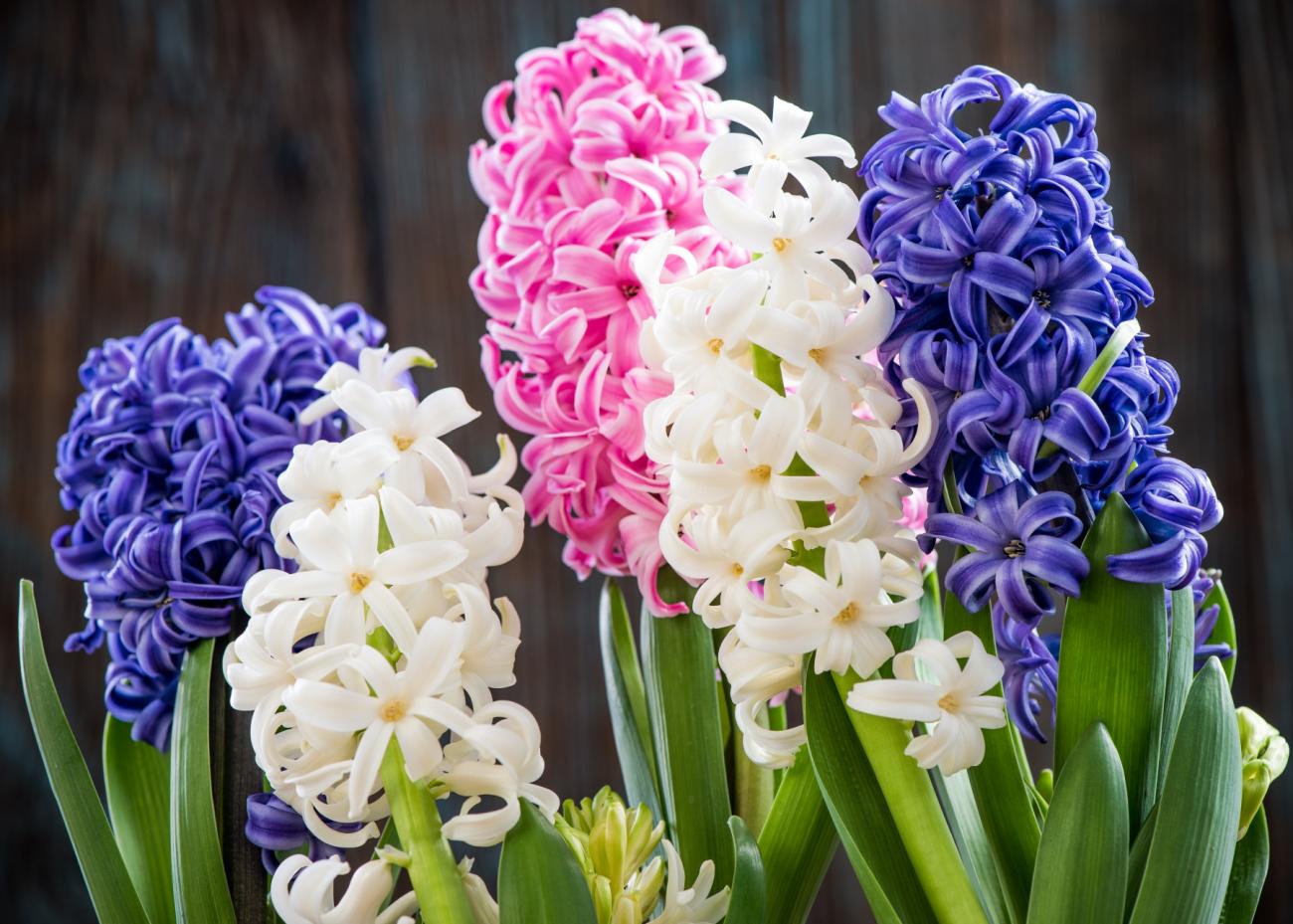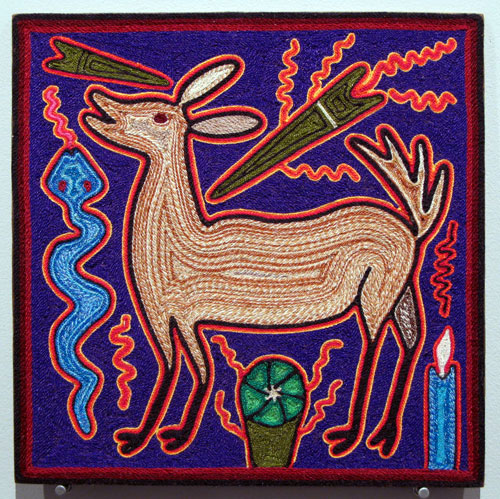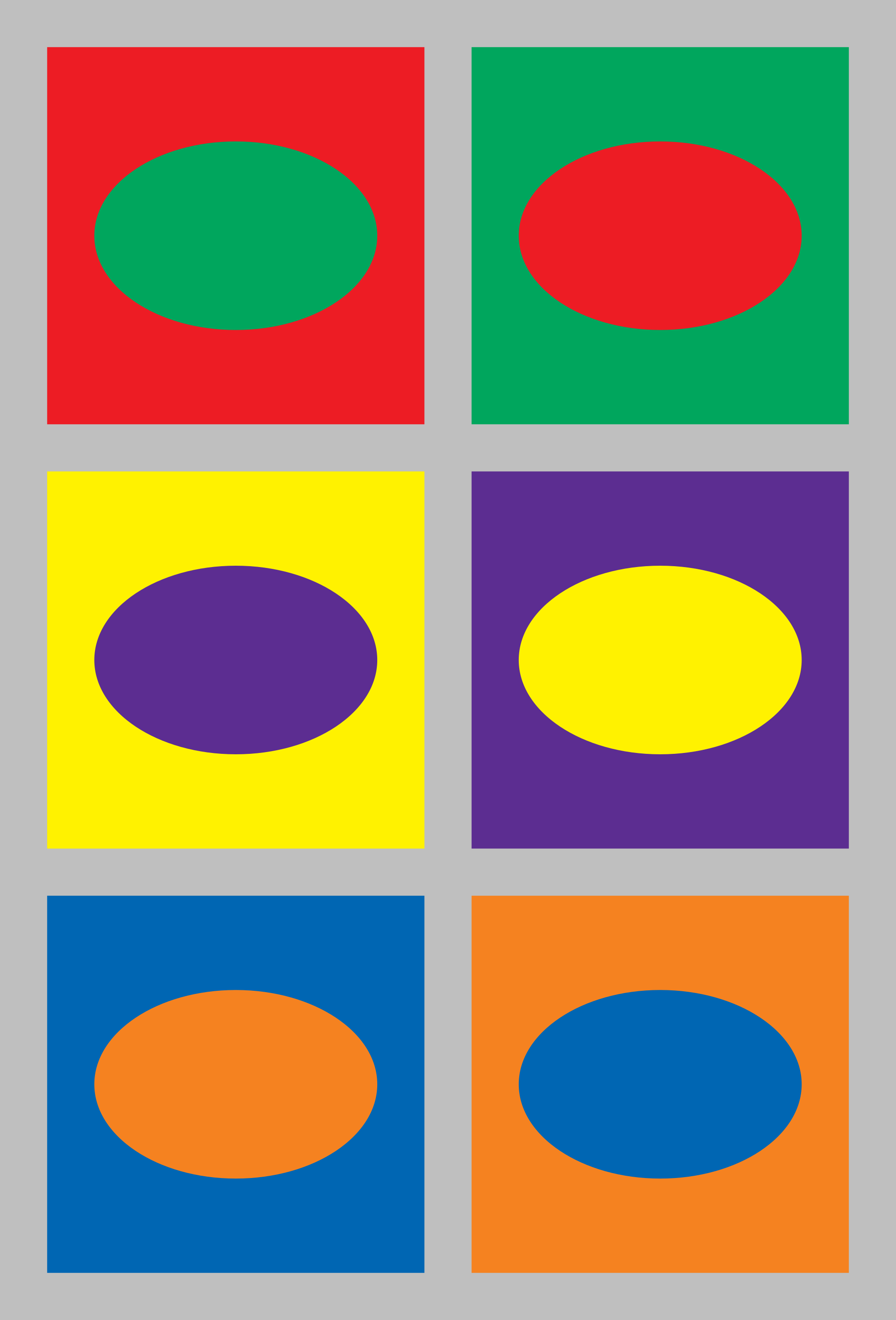These drawings take a lot more planning an skill than what might meet the EYE. Sorry just a little eye humor! Sixth grade did do a lot of preparation for these pencil drawings. They first created a gray scale with their pencils, creating at least 7 different values. We then learned how to shade a sphere so they could learn the way light hits a rounded object. For this project I was looking for a wide range of values in the drawing as well as a identifiable direction of light.
Tuesday, May 15, 2018
Tuesday, May 8, 2018
Kindergarten: Mother's Day Hyacinth

The sweet smell of hyacinth lets you know it's spring time! In Kindergarten we are so grateful for our mothers, aunts, grandmothers, etc! To show our appreciation we made these hyacinth paintings for them.
6th Grade: Huichol Yarn Paintings
For this project, we took a look at the art of the Huichol people of Mexico. Their art depicts religious symbols and gods. They use colorful yarn and beads pushed into sticky bees wax to create these detailed pieces.


For our project, we used symbols of the Catholic Church. Students drew there designs and then filled them with color using glue and yarn. The time consuming project takes patience and a steady hand.


For our project, we used symbols of the Catholic Church. Students drew there designs and then filled them with color using glue and yarn. The time consuming project takes patience and a steady hand.
5th Grade: Symmetrical Name Drawing
Find the hidden names in these symmetrical drawings. These drawings were made using transfer paper to ensure a symmetrical design. Students also used washable markers with water to create a vibrant water color effect.
7th Grade: Complimentary Color Flowers
Complimentary colors are colors that are located directly across from each other on the color wheel. The reason they are called complimentary colors is because of the way they make each other pop.

Students chose a flower of their choice and then drew them onto water color paper. They then divided their design into three parts, one for each complimentary color pair. They used water color paints to add color. I encouraged students to use different shades in the water color by either adding different amounts of water or adding black to a color.

Students chose a flower of their choice and then drew them onto water color paper. They then divided their design into three parts, one for each complimentary color pair. They used water color paints to add color. I encouraged students to use different shades in the water color by either adding different amounts of water or adding black to a color.
Subscribe to:
Posts (Atom)







































